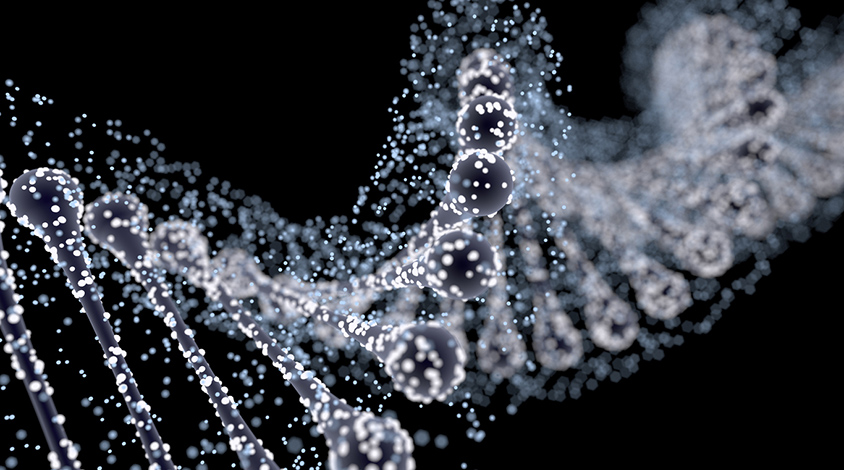
Polina Shuvaeva / iStock
Editor’s Note
This article was originally published 13 May 2017, based on preliminary data presented at the 2017 International Meeting for Autism Research in San Francisco, California. We have updated some of the numbers in the article following publication of the study 16 July 2019 in Clinical Epigenetics1.
Children who carry mutations in chromosomal region 16p11.2 or the gene CHD8 — two of the leading risk factors for autism — show distinct patterns of chemical tags on their DNA.
These patterns distinguish each group of children from all others who have autism with a different cause. Researchers presented the unpublished results today at the 2017 International Meeting for Autism Research in San Francisco, California.
The researchers looked at a type of chemical tag called a methyl group. Addition of this tag typically inactivates genes.
“We’ve been able to identify sensitive and specific blood DNA methylation signatures,” says Michelle Siu, a postdoctoral fellow in Rosanna Weksberg’s lab at the Hospital for Sick Children in Toronto.
Autism is notoriously heterogeneous, and risk for the condition has been linked to mutations in hundreds of genes. Many of these genes regulate the expression of other genes through so-called epigenetic mechanisms, such as the addition or removal of methyl tags to DNA.
Researchers typically study methylation patterns in autism by comparing people who have the condition with their typical peers. But this approach has yielded inconsistent results, Siu says.
Methylation array:
Siu and her colleagues sought to simplify this problem by analyzing methylation patterns in people who share a mutation. They collected blood from nine children with autism who carry a deletion of the chromosomal region 16p11.2, and seven who carry a mutation in one copy of CHD8. They also looked at 30 typical controls as well as 52 controls who have autism but no mutations in 16p11.2 or CHD8.
The analysis revealed no sites in the genome where methylation differs significantly between the two control groups. This suggests that the autism group as a whole does not have a signature.
When the researchers restricted their analysis to children with 16p11.2 deletions and 23 age- and sex-matched controls, they identified 115 sites in the genome with differences in methylation. Some of these sites are in genes involved in the immune system.
Similarly, when the researchers focused on the children with CHD8 mutations and 21 matched controls, they found 103 sites that differ. These sites overlap with genes that regulate the formation of neurons and the connections between them — processes known to be altered in people with autism.
The patterns in the two mutation-specific groups, however, show no overlap.
Distinguishing pattern:
The researchers then analyzed the methylation patterns of nine other children with deletions in 16p11.2. Seven of these children have methylation patterns that are more similar to the 16p11.2 signature than to the patterns of controls. Of the two children who do not match the signature well, one carries the mutation in only a subset of his cells and the other carries a smaller-than-usual deletion in the chromosome.
The researchers also analyzed the methylation patterns of four additional children with a harmful mutation in CHD8 and nine with benign mutations or variants of unknown significance in the gene. The children with the harmful mutations have methylation patterns that match the CHD8 signature; the remaining children do not.
“This signature is able to distinguish between pathogenic and benign variants,” Siu says.
The researchers are analyzing the methylation patterns of children with duplications in 16p11.2, which is also a risk factor for autism.
For more reports from the 2017 International Meeting for Autism Research, please click here.
By joining the discussion, you agree to our privacy policy.